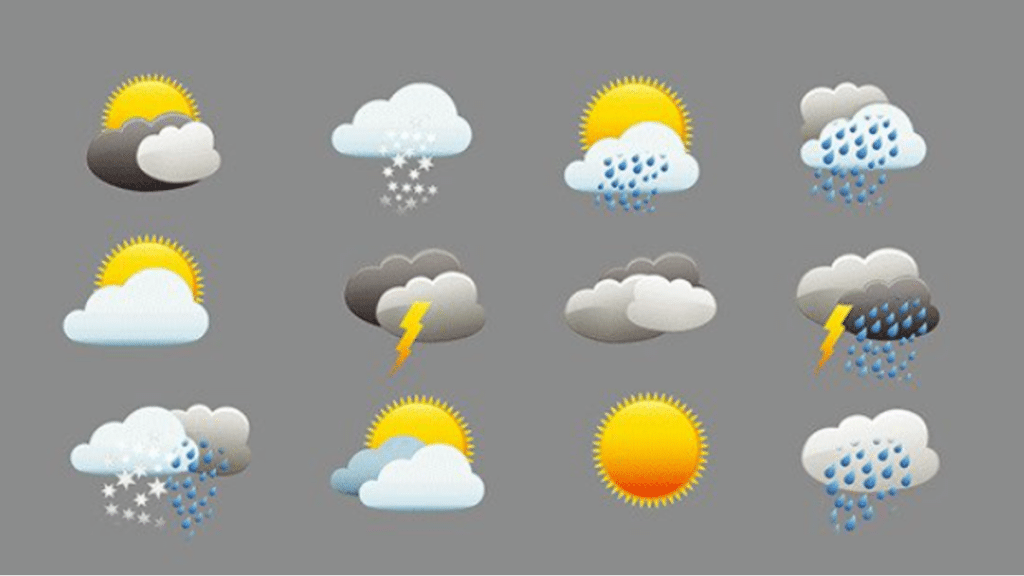If you’ve ever planned a trip, a wedding, or even just a weekend hike, you’ve probably checked the weather forecast. But what about predictions that stretch months ahead? Can a long-term weather forecast truly be accurate, or is it more of a well-educated guess? Let’s break it down.
Want the most accurate and up-to-date weather insights? Check out https://wisemeteo.com/ for reliable forecasts to plan ahead with confidence!
Understanding Long-Term Weather Forecasting
Weather forecasting relies on a combination of scientific methods, historical data, and advanced computer models. However, the further we attempt to predict into the future, the less accurate forecasts become. This is because weather systems are dynamic and influenced by numerous unpredictable factors.
Meteorologists analyze global climate patterns, atmospheric pressure changes, and ocean currents to make long-range predictions. While short-term forecasts can be quite precise, long-term weather forecasts are based on broader climatic trends rather than daily variations.
Weather Forecast for One Year: Science or Speculation?
Predicting the weather for an entire year sounds convenient, but in reality, it comes with a lot of uncertainty. Seasonal forecasting is possible, meaning we can anticipate general trends such as warmer or colder than usual seasons. However, predicting specific daily conditions far in advance is nearly impossible.
Factors Influencing Long-Term Weather Predictions
A variety of natural phenomena impact weather predictions. Some of the most influential include:
- El Niño and La Niña: These climate patterns affect global temperatures and precipitation levels.
- Jet Streams: High-altitude air currents influence storm paths and temperature shifts.
- Solar Activity: Changes in the sun’s energy output have long-term effects on Earth’s climate.
- Volcanic Activity: Large eruptions can cool global temperatures by releasing particles that reflect sunlight.
While meteorologists can consider these factors, unpredictable events like sudden volcanic eruptions or changes in oceanic currents can disrupt even the best models.
City Weather Forecast: How Location Affects Accuracy
Different locations have different climate systems, making forecasting accuracy highly dependent on geography. Some regions have relatively stable weather patterns, while others are more volatile.
Urban vs. Rural Weather Predictions
City weather forecast models often show higher temperatures compared to surrounding rural areas due to the urban heat island effect. Buildings and pavement absorb and retain heat, affecting local temperatures. In contrast, rural areas, with more vegetation and open spaces, tend to cool faster, leading to temperature discrepancies in forecasts.
Coastal vs. Inland Weather Forecasting
Coastal areas experience more unpredictable shifts due to oceanic influence. The presence of large bodies of water regulates temperatures, causing mild winters and cooler summers. Inland locations, however, are more susceptible to extreme weather variations.
Hourly Weather Forecast: When Should You Trust It?
For daily planning, the hourly weather forecast is often the most useful tool. Short-term predictions, especially within a 24-hour period, tend to be highly reliable due to real-time satellite data and weather station readings.
How Accurate Are Hourly Predictions?
Studies show that forecasts for the next 12-24 hours have an accuracy rate of around 80-90%. However, accuracy declines significantly beyond the 48-hour mark. This is because minor shifts in atmospheric pressure or wind patterns can create substantial variations in expected conditions.
The Role of Artificial Intelligence in Weather Forecasting
Advancements in AI and machine learning have improved forecasting capabilities. Meteorologists now utilize deep-learning models to analyze large amounts of atmospheric data, allowing for faster and more precise predictions.
How Technology Enhances Forecasting
Weather prediction tools have evolved over the years, incorporating cutting-edge technology to improve accuracy.
Satellite Imaging and Weather Stations
Satellites provide real-time data on cloud movements, precipitation, and storm developments. Ground-based weather stations complement this data by recording temperature, humidity, and wind speeds.
Computer Models and Climate Simulations
Meteorologists rely on climate simulations to predict trends. These models use historical weather patterns combined with current data to generate forecasts. However, because the atmosphere is in constant motion, even slight miscalculations can lead to significant discrepancies.
Can You Plan Based on a Long-Term Weather Forecast?
When using long-term weather forecasts for planning events, travel, or agricultural activities, it’s essential to understand their limitations.
- Seasonal trends can be useful: While daily forecasts months in advance are unreliable, general trends can help in decision-making.
- Regular updates improve accuracy: Long-range predictions change as new data becomes available. Checking updates frequently ensures you get the most accurate forecast possible.
- Consider alternative scenarios: If planning an outdoor event, always have a backup plan in case weather conditions shift unexpectedly.
Final Thoughts on Long-Term Weather Forecasting
The science behind weather forecasting has made great strides, but nature is still unpredictable. While forecasts have become more reliable thanks to modern technology, it’s always best to use them as guidelines rather than absolute truths.
Companies like Wisemeteo provide advanced weather insights using cutting-edge techniques, helping users make informed decisions. Whether you’re checking an hourly weather forecast or looking months ahead, understanding the limitations of weather predictions ensures you stay prepared for whatever comes your way.
